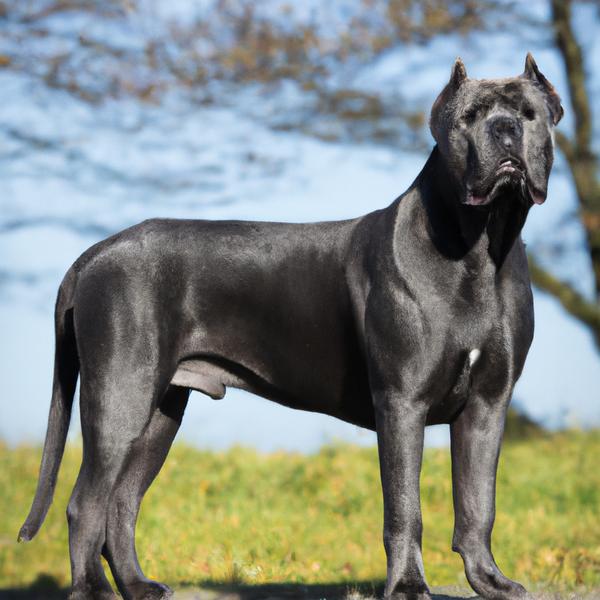Blue Blood Cane Corso vs. Rottie Shepherd: Breed Differences and Similarities
Hypoallergenic
Are Blue Blood Cane Corsos or Rottie Shepherds hypoallergenic, or neither?
Unfortunately, neither Blue Blood Cane Corso nor Rottie Shepherd are hypoallergenic, which may not make them the best choice for dog lovers who suffer from pet allergies.
Temperament
What are the personalities of Blue Blood Cane Corso and Rottie Shepherd dogs?
Loving
Protective
Courageous
Loyal
Social
Trainable
Cheerful
Quiet
Dutiful
Responsible
Curious
Independent
Protective
Alert
Courageous
Intelligent
Confident
Obedient
Loyal
Fearless
Good-natured
Watchful
Shedding Level
Do Blue Blood Cane Corsos shed more than Rottie Shepherds, or which breed sheds more, Blue Blood Cane Corsos or Rottie Shepherds?
Blue Blood Cane Corsos are low shedding dogs, requiring minimal coat care.
Rottie Shepherds are heavy shedders, but regular brushing can help manage shedding and promote a healthy coat.
Origin
What is the origin of Blue Blood Cane Corso and Rottie Shepherd dog breeds?
United States
United States
Ancestry
What are the origins of Blue Blood Cane Corso and Rottie Shepherd breeds?
Alapaha Blue Blood Bulldog and Cane Corso
German Shepherd and Rottweiler
Date of Birth
When were Blue Blood Cane Corso and Rottie Shepherd breeds first developed?
Unknown
Litter Size
What is the usual litter size for Blue Blood Cane Corso and Rottie Shepherd?
A Blue Blood Cane Corso can have a litter of 4-8 puppies on average. However, it's worth noting that the size of the litters can vary greatly. Factors that can influence litter size include the health of the mother, breeding history, and genetics.
A Rottie Shepherd can have a litter of 8-12 puppies on average. However, it's worth noting that the size of the litters can vary greatly. Factors that can influence litter size include the health of the mother, breeding history, and genetics.
Adaptability
The adaptability of Blue Blood Cane Corso and Rottie Shepherd dogs is a well-known trait. They are known for being able to adjust well to different living environments and lifestyle changes.
Health Issues
Between Blue Blood Cane Corso and Rottie Shepherd, which breed is more prone to health problems?
While the Blue Blood Cane Corso breed is generally healthy, occasional vet check-ups are still necessary to address any health concerns.
Rottie Shepherds typically have low vet costs due to their good health, but it's important to monitor their health and seek vet care when necessary.
Major Concerns
What are the major health concerns for Blue Blood Cane Corso and Rottie Shepherd breeds?
Entropion
Hip Dysplasia
Entropion
Ectropion
Hip Dysplasia
Degenerative Myelopathy
Congenital Heart Defect
Cancer
Osteochondritis Dissecans
Aortic Stenosis
Minor Concerns
What minor health issues should be kept in mind when owning Blue Blood Cane Corso and Rottie Shepherd?
Allergies
Panosteitis
Progressive Retinal Atrophy
Pannus
Hemophilia
Occasional Tests
What occasional tests are recommended for Blue Blood Cane Corso and Rottie Shepherd breeds?
Eye
Hip
X-Rays
Physical Examination
Allergy Tests
Cardiac
Eye
Elbow
Blood
Dna For Vwd
X-Rays
Physical Examination
Hip
Social Needs
Blue Blood Cane Corso vs Rottie Shepherd social needs comparison
Blue Blood Cane Corso and Rottie Shepherd have above average social needs compared to other breeds. They thrive in environments where they have a lot of interaction with humans and other dogs.
Sleeping Need
Which of the two sleeps the most/least: Blue Blood Cane Corso or Rottie Shepherd?
Blue Blood Cane Corsos have moderate energy levels and typical sleep patterns of 12-14 hours per day.
Rottie Shepherds sleep less than other breeds but still need adequate sleep for good health.
Mouthiness
Mouthiness Comparison: Blue Blood Cane Corso vs Rottie Shepherd?
Roaming urge
Blue Blood Cane Corso vs Labrador: Running away tendency?
Prey Drive
Blue Blood Cane Corso or Rottie Shepherd - which breed has a higher level of prey drive?
Activity Level
Which breed has higher energy, Blue Blood Cane Corsos or Rottie Shepherds?
Blue Blood Cane Corso and Rottie Shepherd are high-energy dogs that require a lot of mental and physical exercise. Without proper stimulation and attention, these breeds can become problematic. If you're considering these breeds, be prepared to invest time and effort in their exercise and training.
Tolerance of being left alone
Grooming
Which breed is easier to maintain in terms of grooming, Blue Blood Cane Corsos or Rottie Shepherds?
The Blue Blood Cane Corso is a low-maintenance breed that doesn't require much grooming.
The Rottie Shepherd has low grooming needs and is easy to maintain.
Brushing Frequency
What is the recommended brushing frequency for Blue Blood Cane Corso and Rottie Shepherd dogs?
Blue Blood Cane Corso and Rottie Shepherd should be brushed at least once a week. Of course, you can give them more frequent brushes if you find that they are still shedding a lot.
Sensitivity Level
How do Blue Blood Cane Corso and Rottie Shepherd compare in sensitivity?
This breed is sensitive and requires gentle handling and a calm home environment.
This breed is sensitive to its environment and best suited for patient and understanding families with a consistent routine.
Apartment Friendly
Which breed is more apartment-friendly: Blue Blood Cane Corso or Rottie Shepherd?
Blue Blood Cane Corsos can do well in apartments with enough exercise and time outside, but a small yard would be ideal.
Rottie Shepherds are good apartment dogs as long as they get enough exercise and stimulation outside of the apartment.
Child Friendly
Do Blue Blood Cane Corsos or Rottie Shepherds have a friendlier temperament towards children?
Blue Blood Cane Corso and Rottie Shepherd are kid-friendly dogs. They are good with children and excellent dogs with children if they are socialized and trained at a young age.
Senior-friendly
Which dog is more suitable as a pet for the elderly - Blue Blood Cane Corso or Rottie Shepherd?
Cat Friendly
Do Blue Blood Cane Corso or Rottie Shepherd breeds have a better compatibility with cats?
Blue Blood Cane Corsos are somewhat cat friendly and can be trained to get along with cats.
Rottie Shepherds are average in their friendliness toward cats and tend to do well with them, especially if raised together.
Dog Friendly
Which breed is more sociable with other dogs: Blue Blood Cane Corso or Rottie Shepherd?
Blue Blood Cane Corsos and Rottie Shepherds are below average dog friendly dogs. Blue Blood Cane Corsos and Rottie Shepherds may not always get along well with other dogs they have not been raised with.
Pet friendly
How do Blue Blood Cane Corso or Rottie Shepherd dogs interact with other pets?
Stranger Friendly
Which breed is more friendly with strangers: Blue Blood Cane Corso or Rottie Shepherd?
Blue Blood Cane Corsos are not very stranger friendly.
Rottie Shepherds are averagely friendly around strangers but benefit from early socialisation.
Playfulness
Which breed is more playful between Blue Blood Cane Corso and Rottie Shepherd?
Blue Blood Cane Corso and Rottie Shepherd have an average level of playfulness. Like other dogs, they enjoy playing, but they are not the most playful dog breed.
Trainability
How do the trainability levels of Blue Blood Cane Corsos and Rottie Shepherds compare?
Blue Blood Cane Corso and Rottie Shepherd dogs are known for their ease of training and ability to learn quickly, making them a popular choice for pet owners and trainers alike.
Compare Blue Blood Cane Corso with other breeds

New Rottland
Blue Blood Cane Corso vs New Rottland

Boston Huahua
Blue Blood Cane Corso vs Boston Huahua
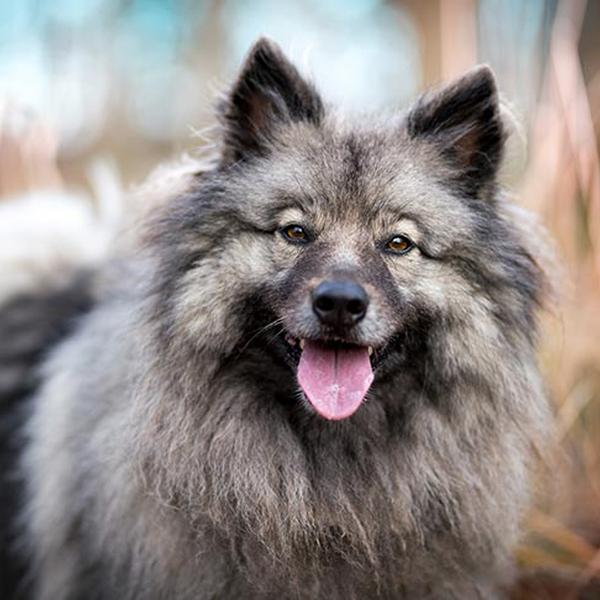
Keeshond
Blue Blood Cane Corso vs Keeshond
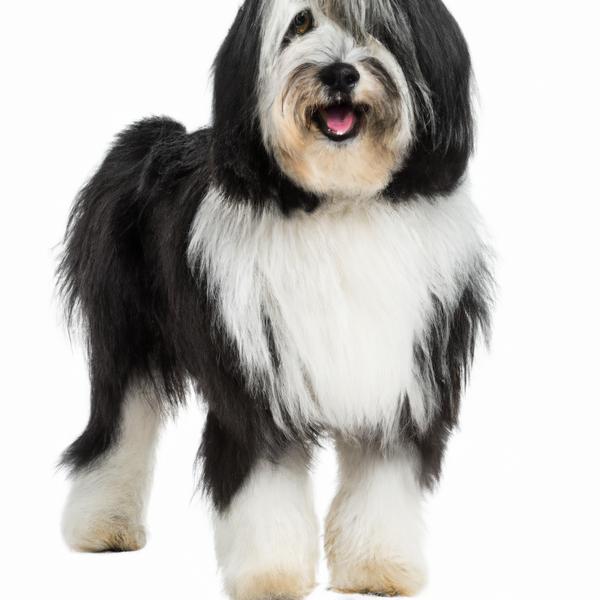
Tibetan Terrier
Blue Blood Cane Corso vs Tibetan Terrier
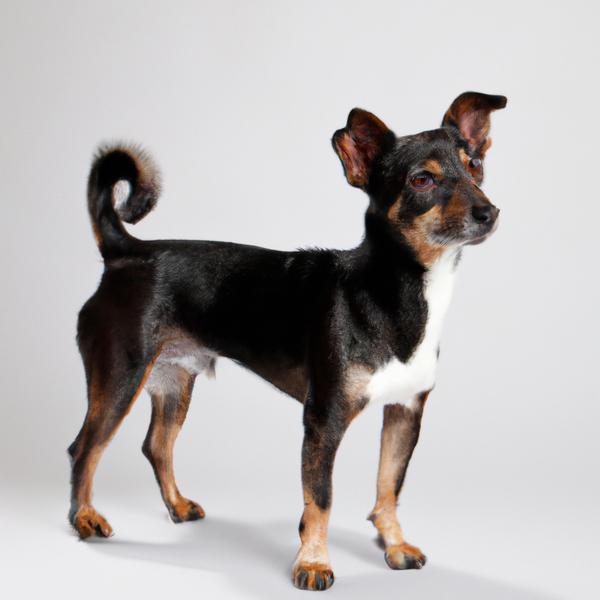
Japeke
Blue Blood Cane Corso vs Japeke

Wirelsh Terrier
Blue Blood Cane Corso vs Wirelsh Terrier

Smooth Foodle
Blue Blood Cane Corso vs Smooth Foodle
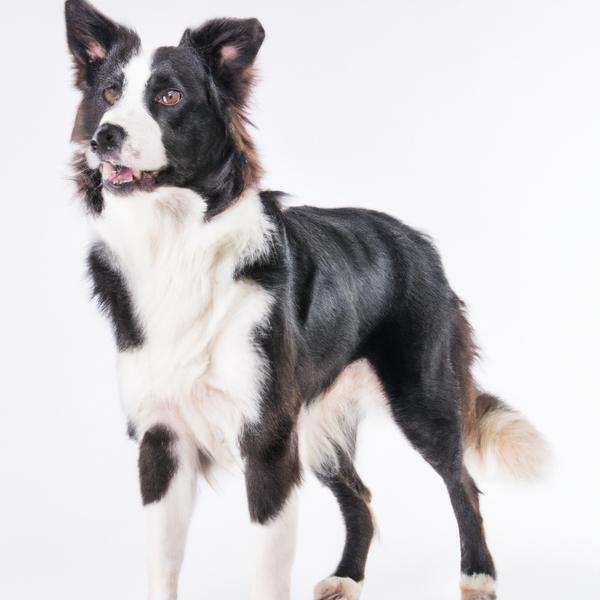
Border Collie
Blue Blood Cane Corso vs Border Collie

Toy Torkie
Blue Blood Cane Corso vs Toy Torkie
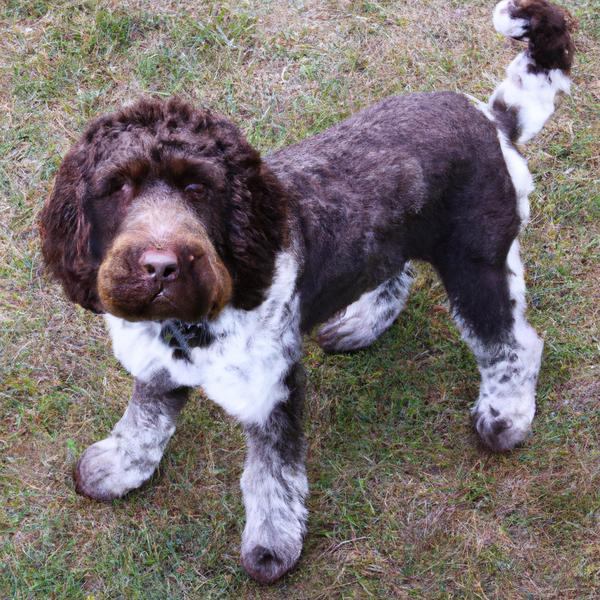
Springerdoodle
Blue Blood Cane Corso vs Springerdoodle

Bully-Tzu
Blue Blood Cane Corso vs Bully-Tzu
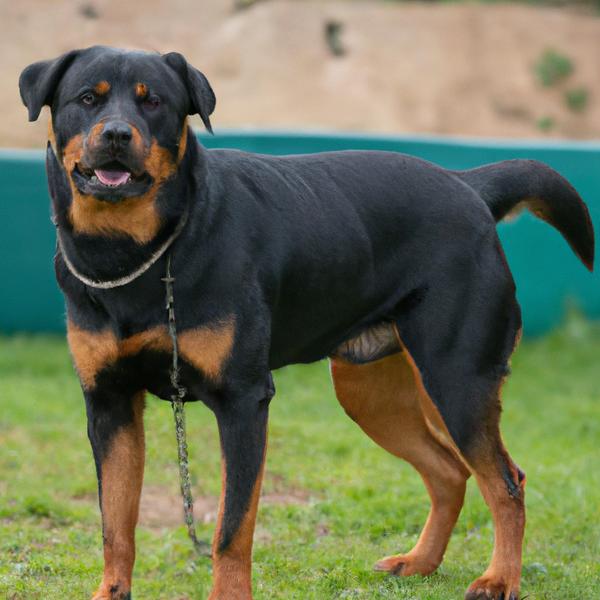
Rottie Shepherd
Blue Blood Cane Corso vs Rottie Shepherd
